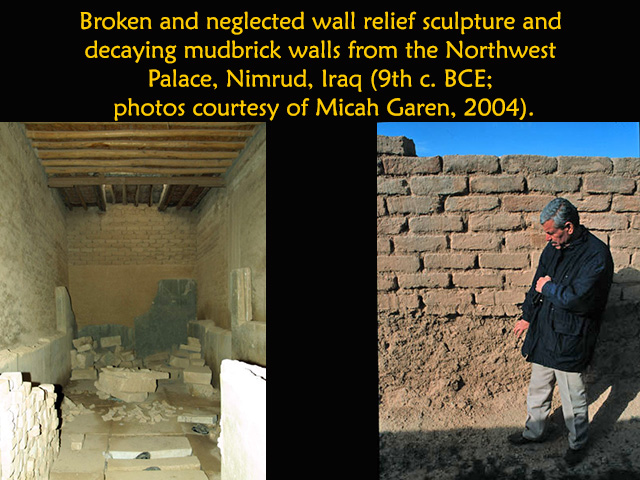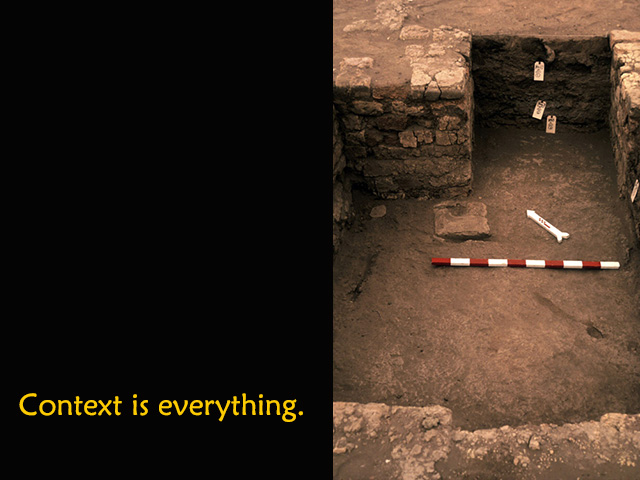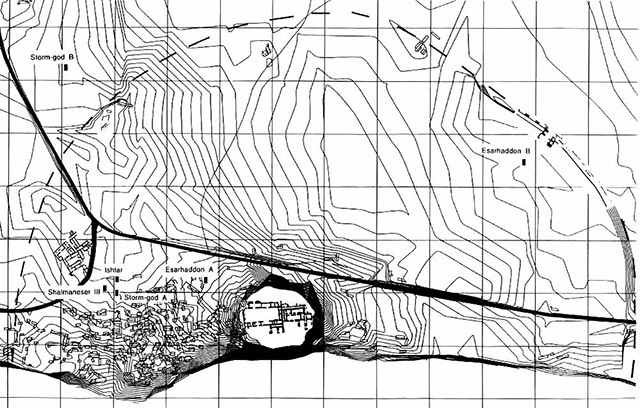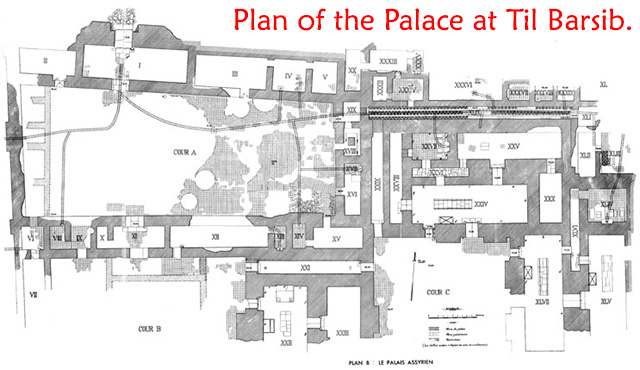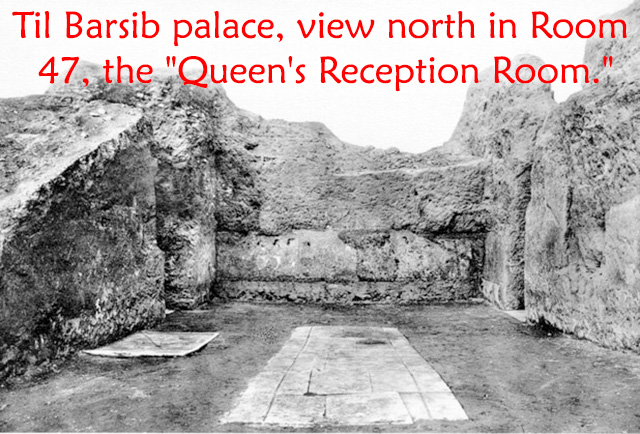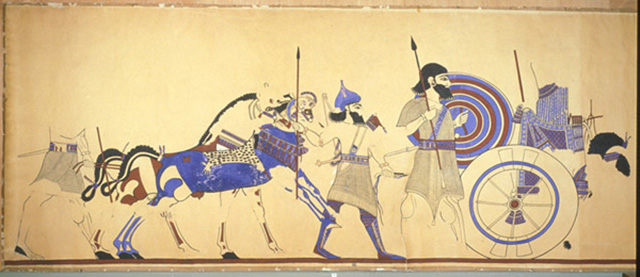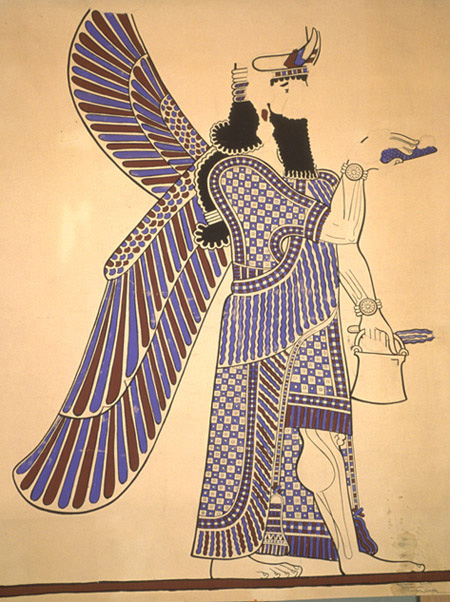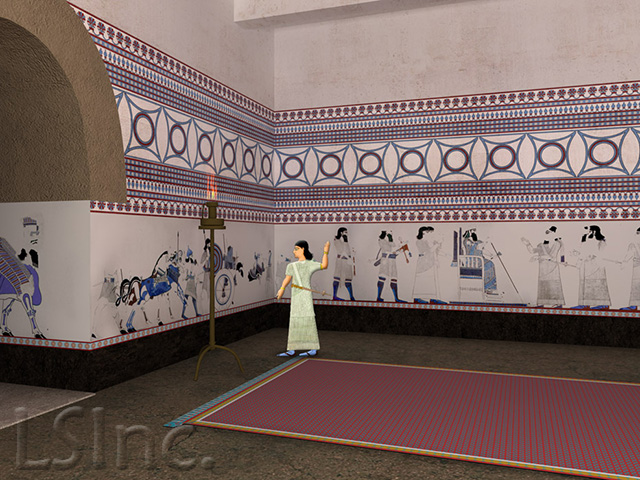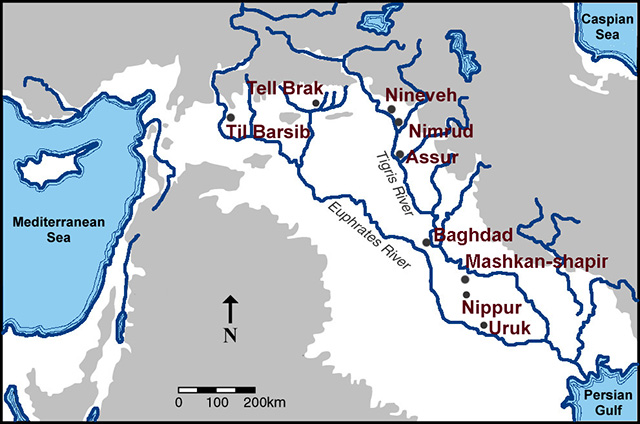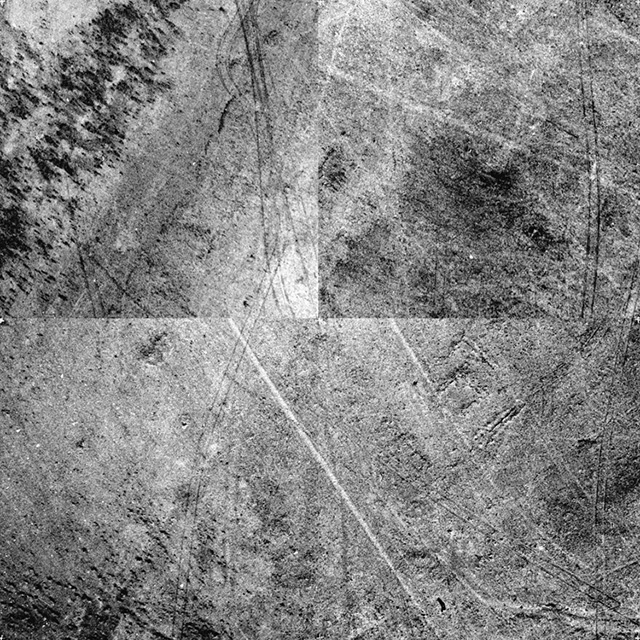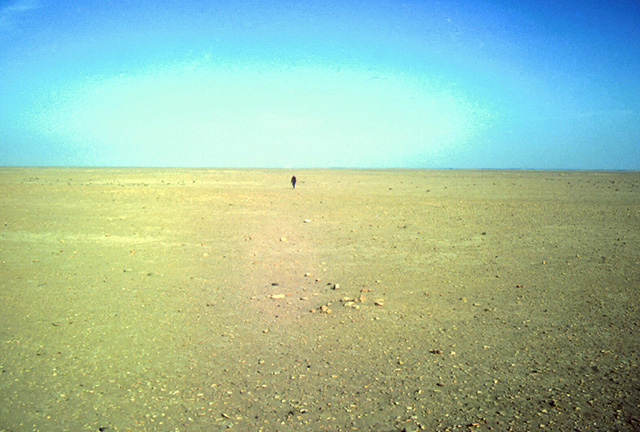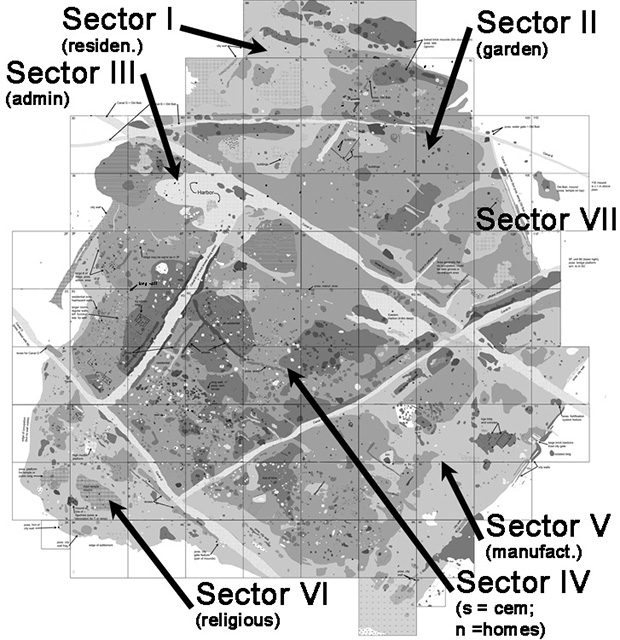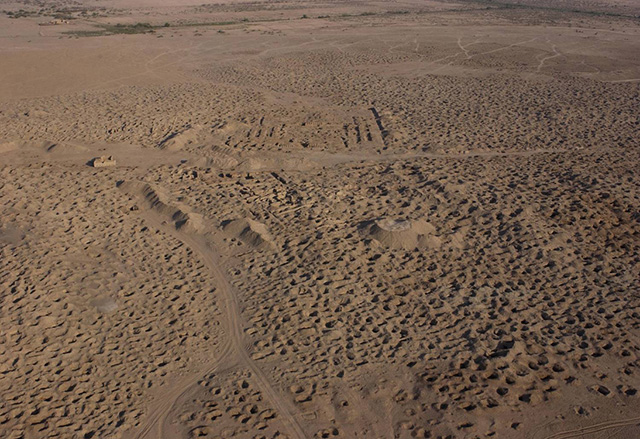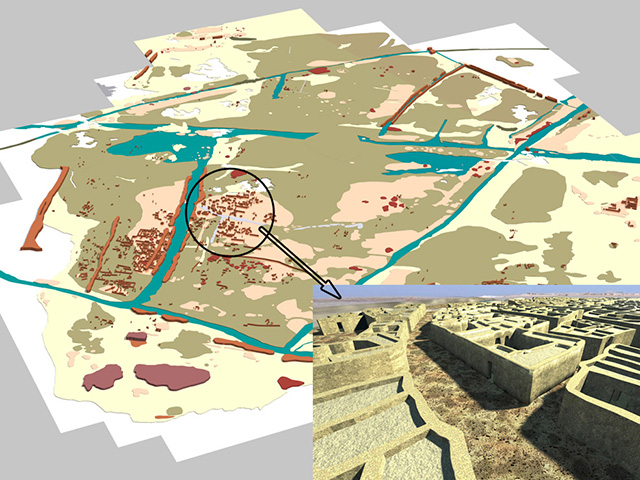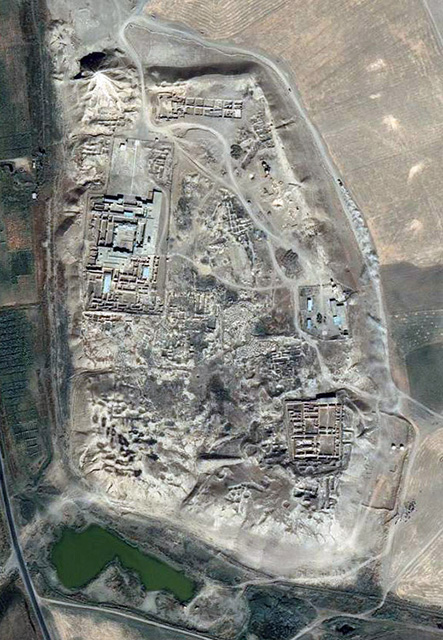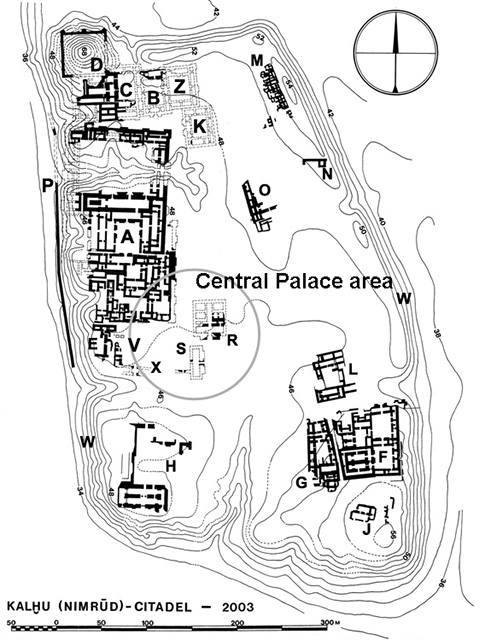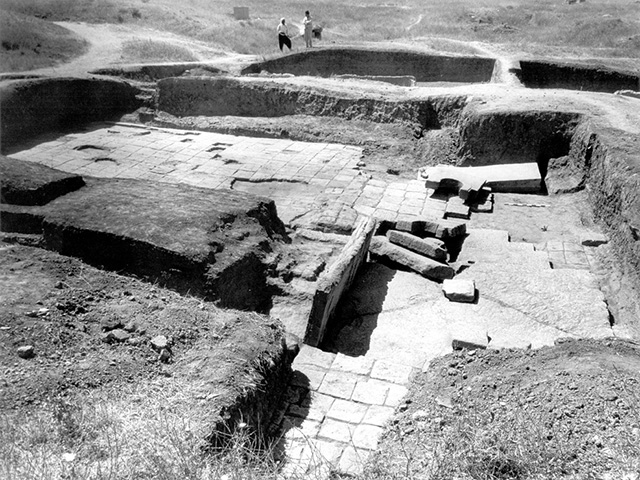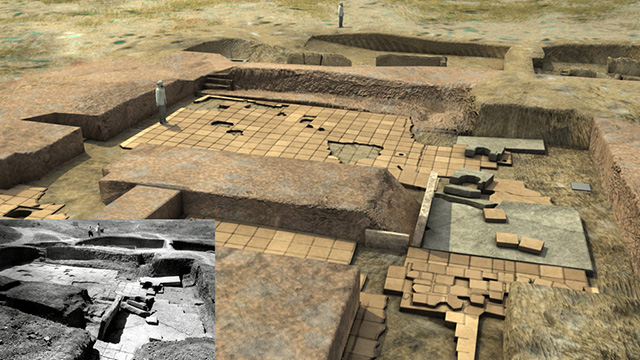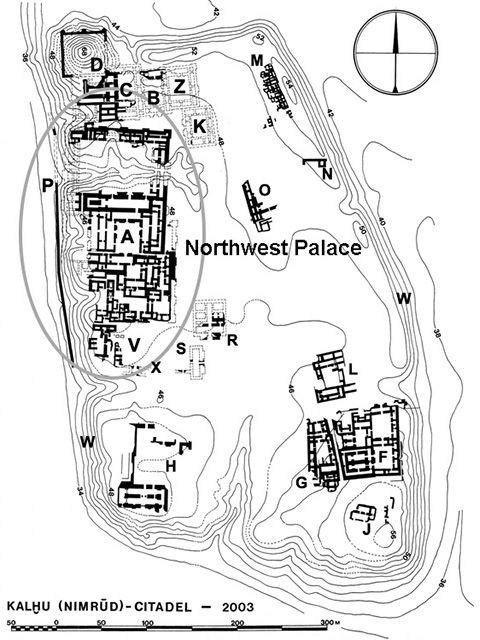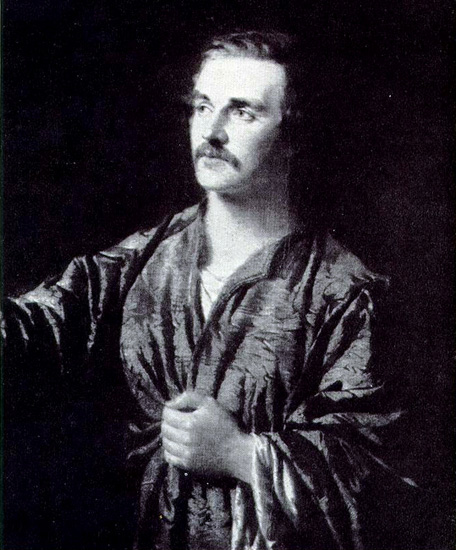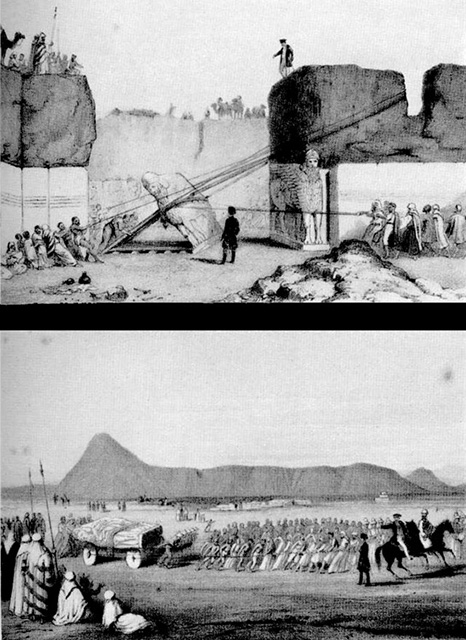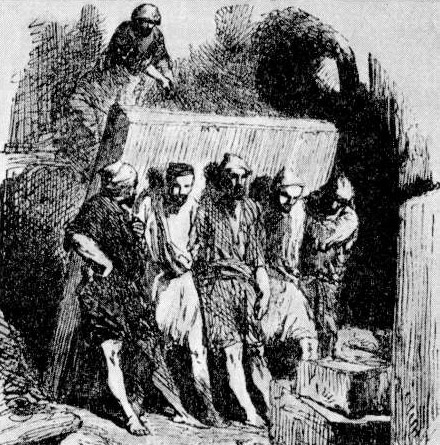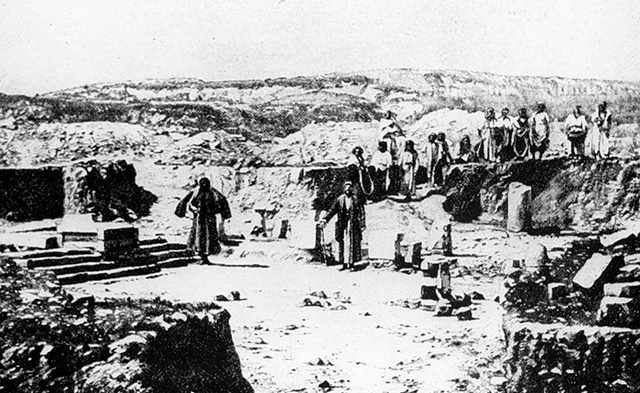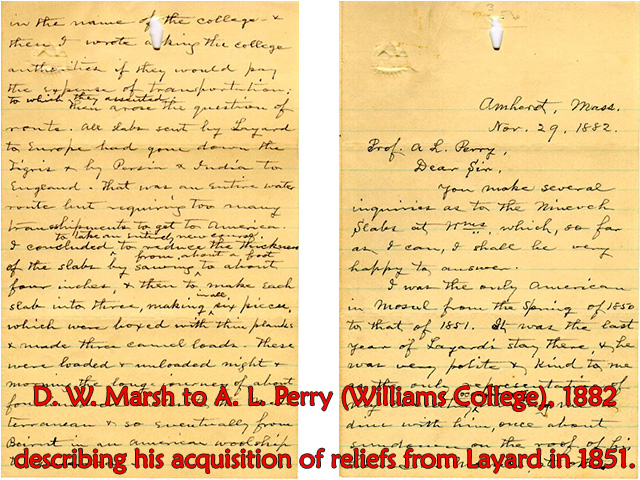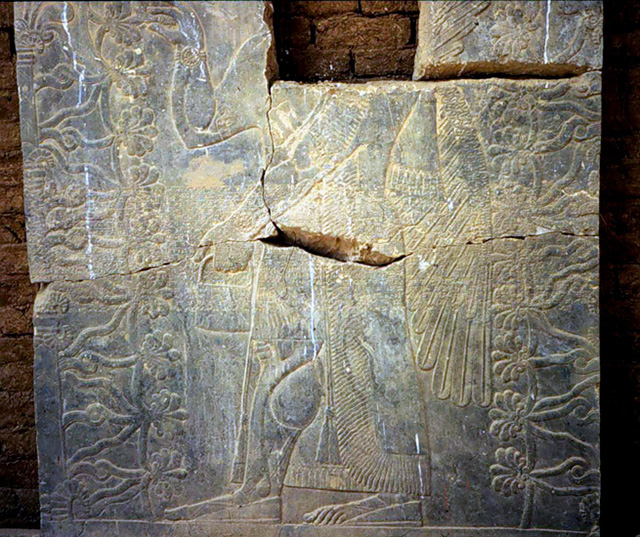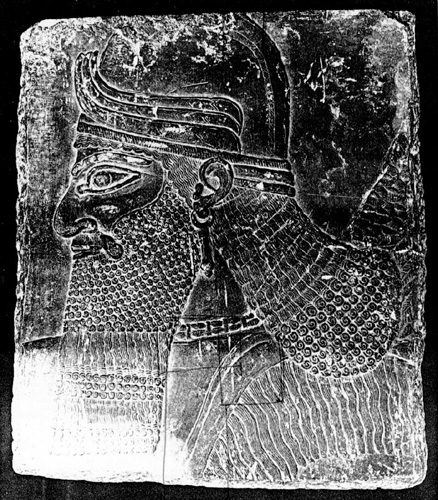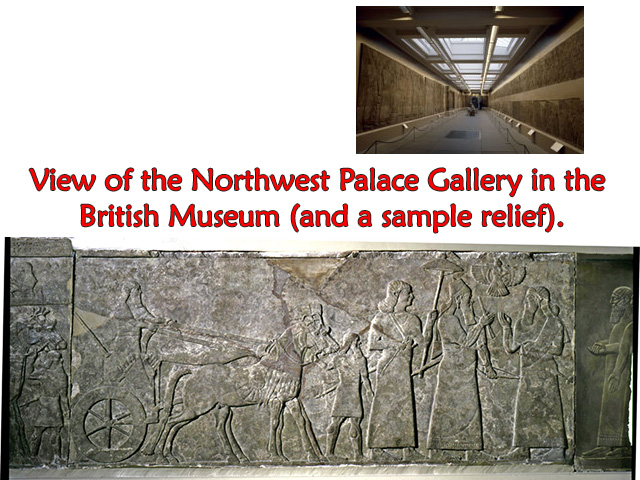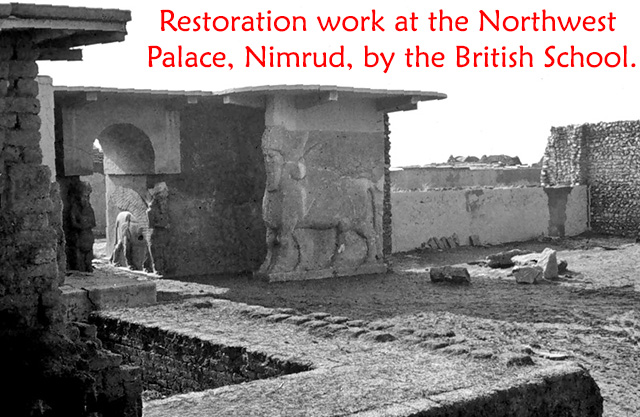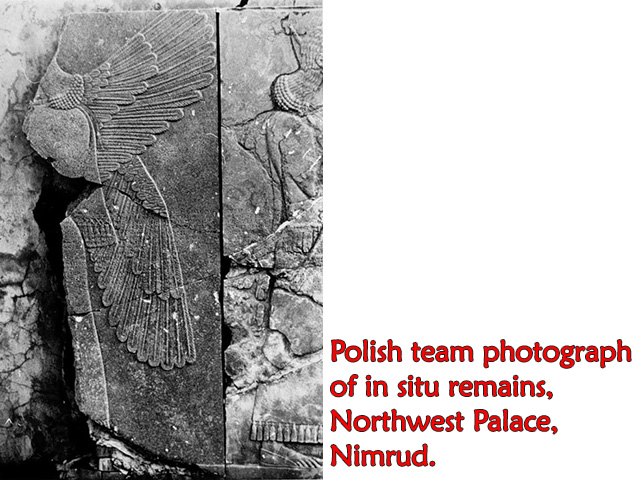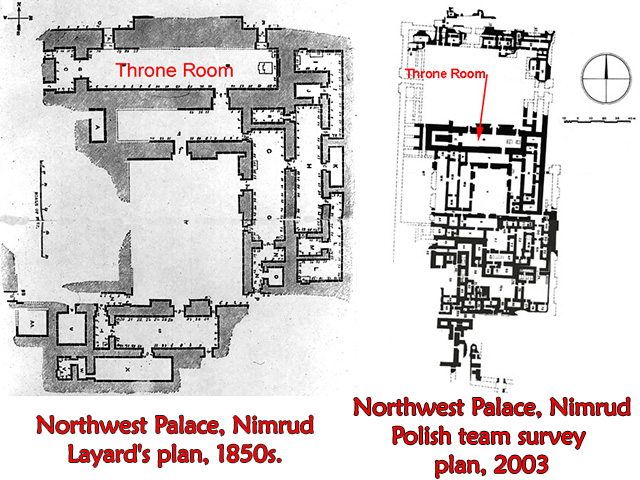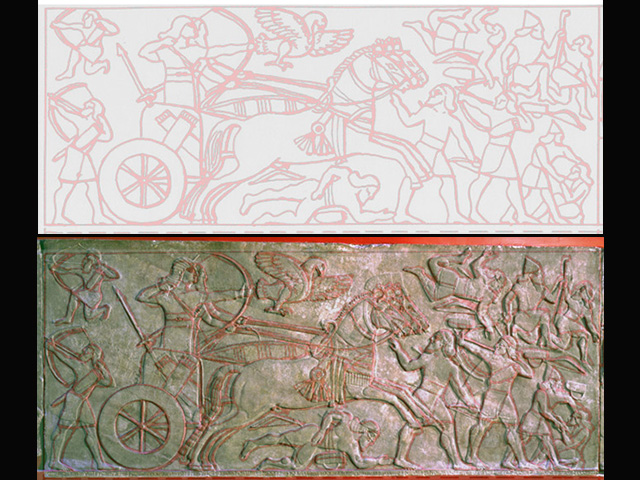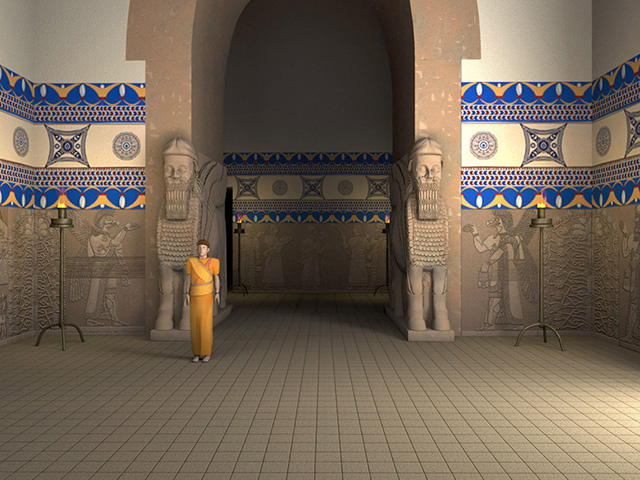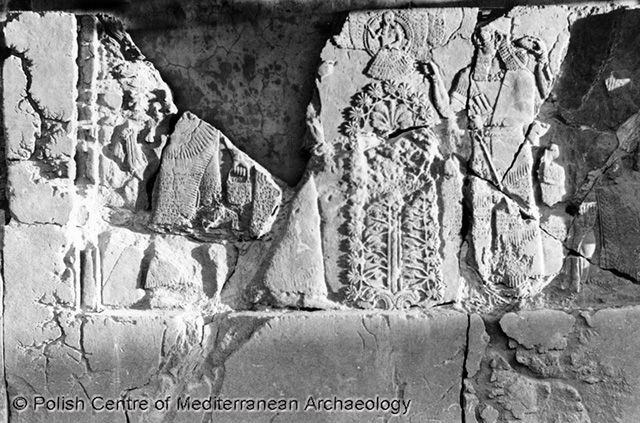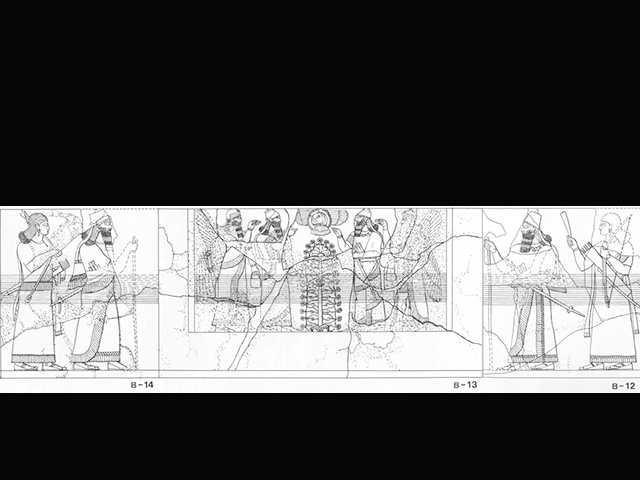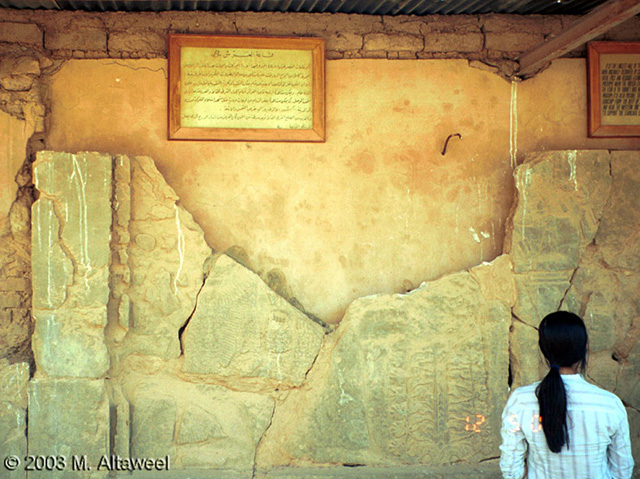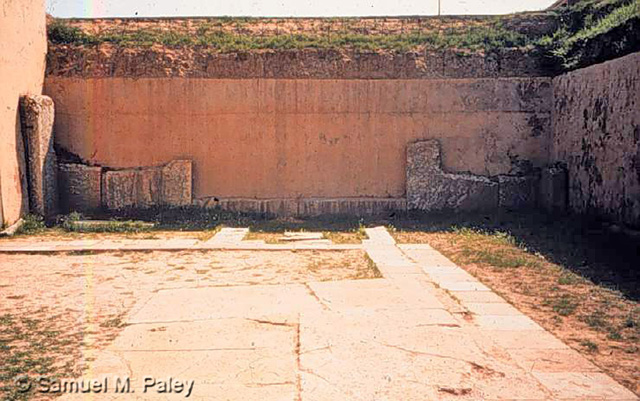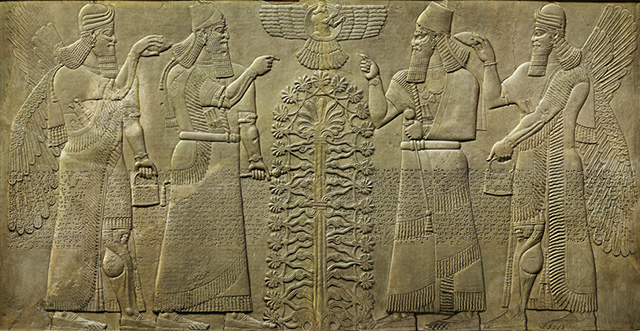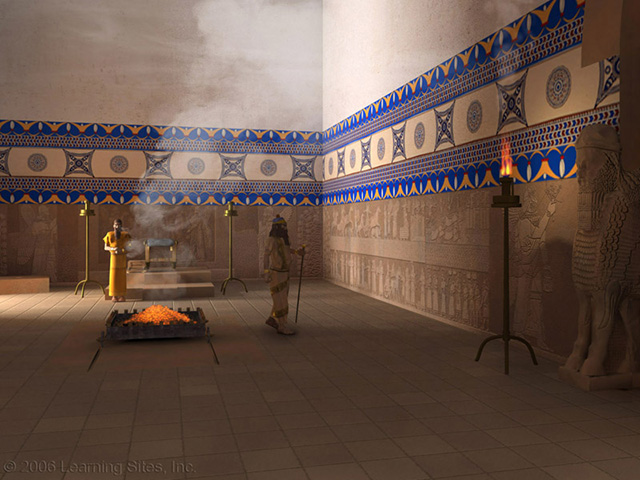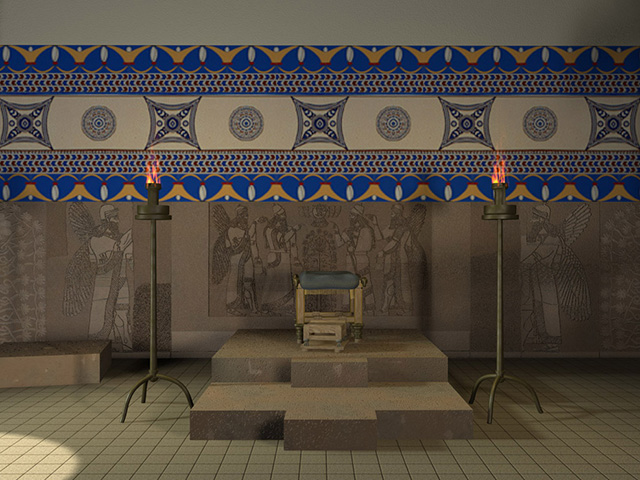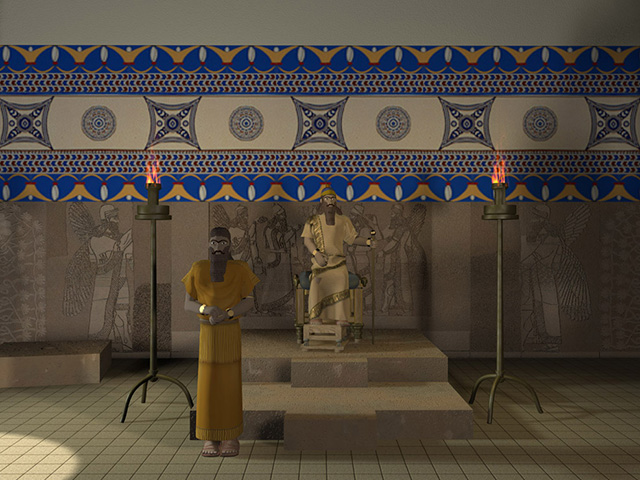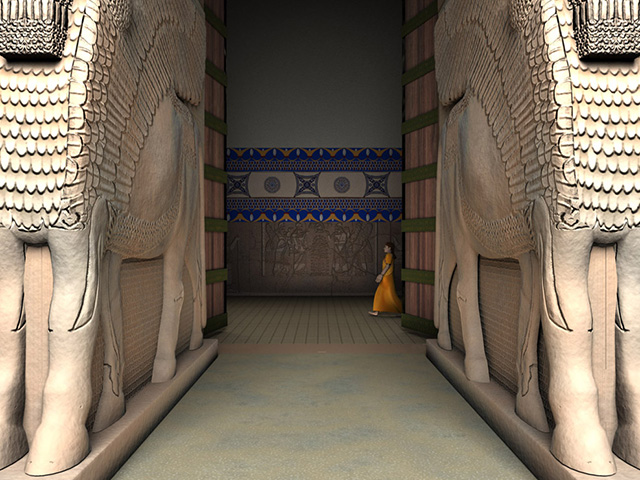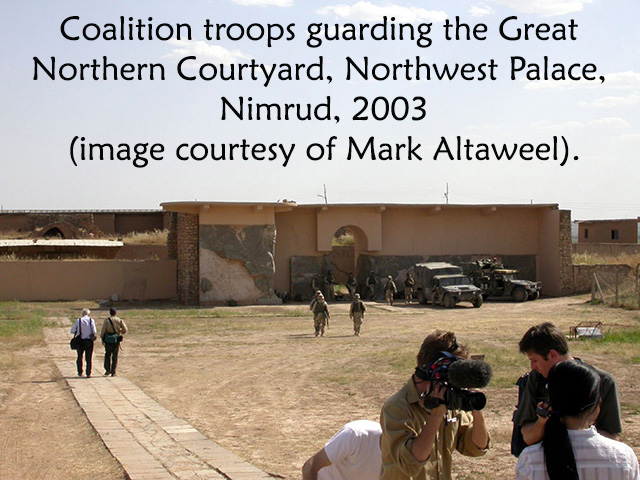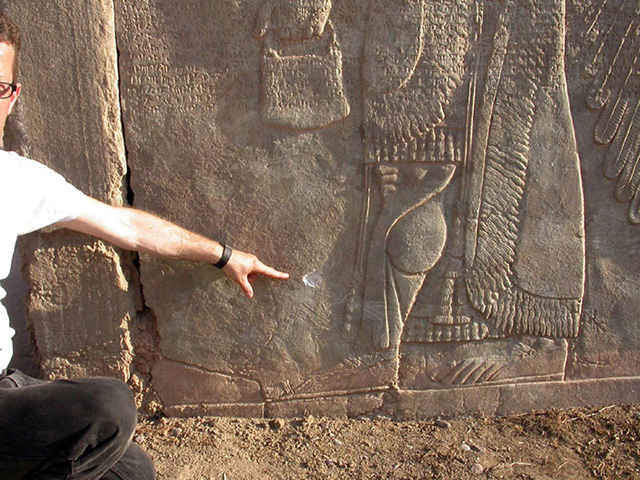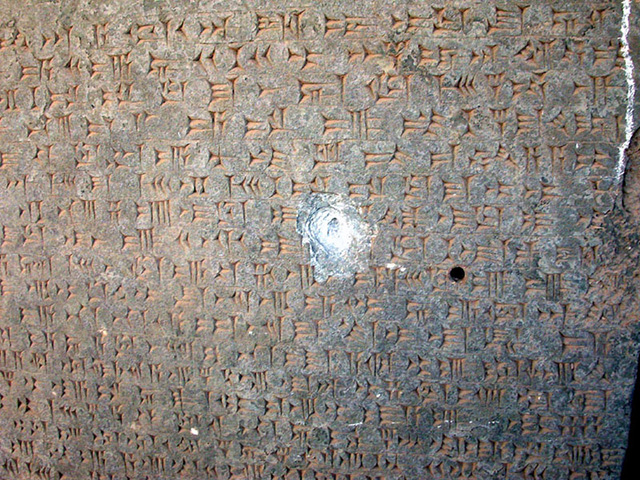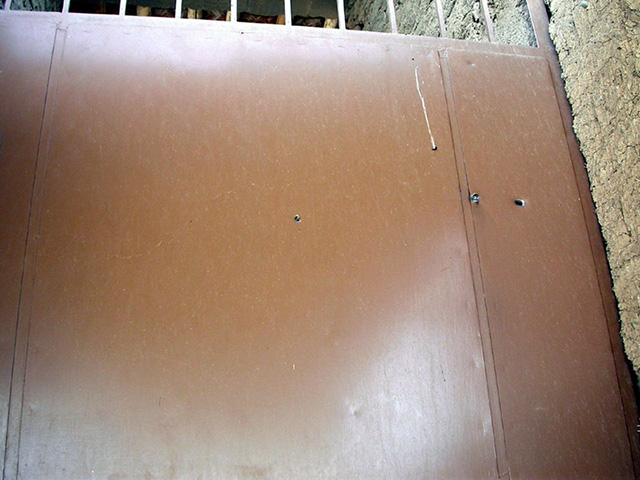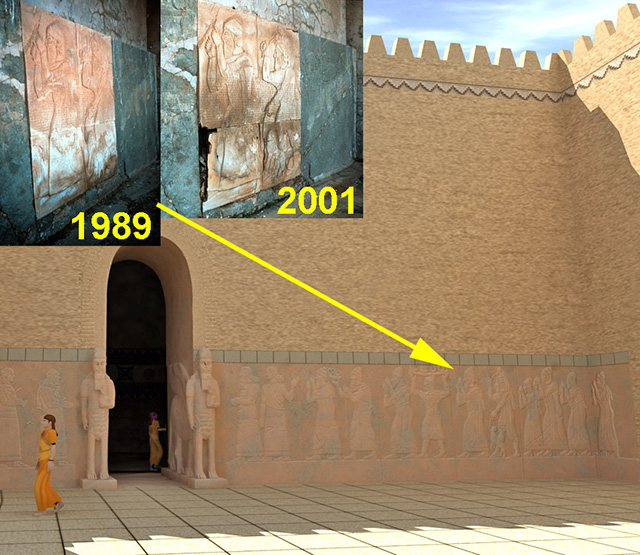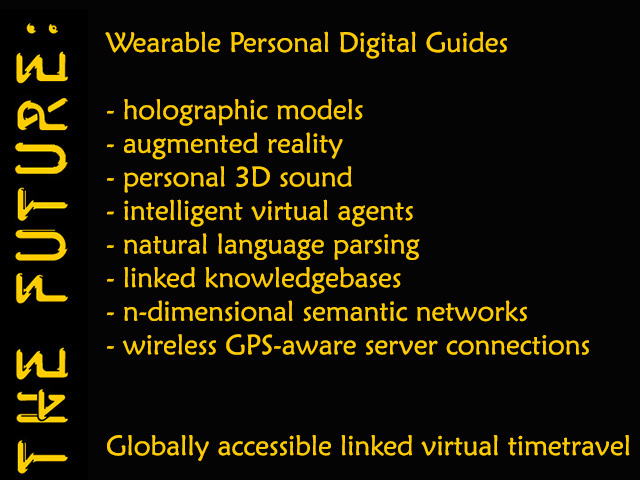My thanks and appreciation to the Department of Anthropology here at the University of Arkansas, and especially Prof. Kvamme and Prof. Kay, for inviting me here to speak to you this evening. I'll be speaking on a subject that meshes nicely with the topics presented by the other guests in this Lectureship series and one that I've been deeply involved with for well over a decade (that's nearly 1000years in computer terms), since the very beginnings of virtual reality in the early 1990s--that subject is: how we're using computer graphics to better document, understand, preserve, and protect the vast archaeological treasures of the ancient Near East.
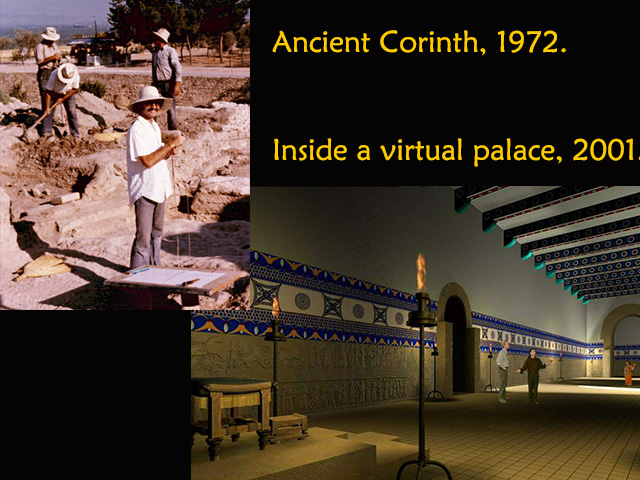 Let me begin by telling you a bit about who I am and what my companies do (see two iterations of my career at the left; hover over to enlarge). I have both an architecture and an archaeology degree, with a minor in architectural history. I've worked on excavations as a field architect in Greece, Saudi Arabia, and Turkey. While teaching archaeology, I noticed that students had a tough time deciphering ancient sites from photographs and drawings.
Let me begin by telling you a bit about who I am and what my companies do (see two iterations of my career at the left; hover over to enlarge). I have both an architecture and an archaeology degree, with a minor in architectural history. I've worked on excavations as a field architect in Greece, Saudi Arabia, and Turkey. While teaching archaeology, I noticed that students had a tough time deciphering ancient sites from photographs and drawings.
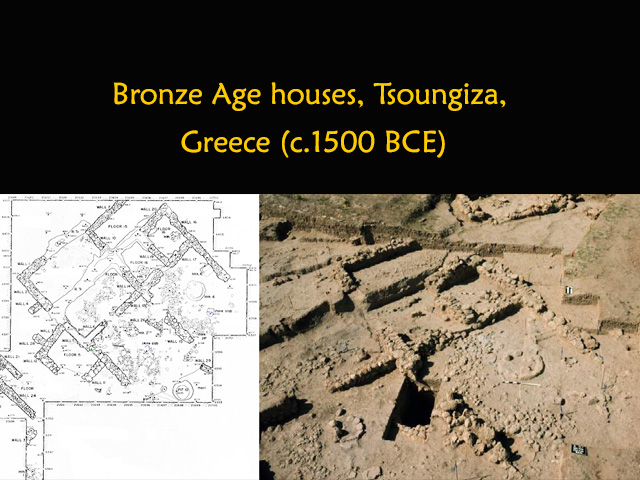 Even archaeologists have difficulty interpreting sites that look like a bunch of rocks, let alone trying to envision how ancient cultures lived and used these sites (see the example at the left; hover over to enlarge). Visiting archaeological sites often offers no better options for understanding multiple stratigraphic layers on top of each other, or generations of use, reuse, and remodeling of individual buildings. There had to be a better way to learn about the past.
Even archaeologists have difficulty interpreting sites that look like a bunch of rocks, let alone trying to envision how ancient cultures lived and used these sites (see the example at the left; hover over to enlarge). Visiting archaeological sites often offers no better options for understanding multiple stratigraphic layers on top of each other, or generations of use, reuse, and remodeling of individual buildings. There had to be a better way to learn about the past.
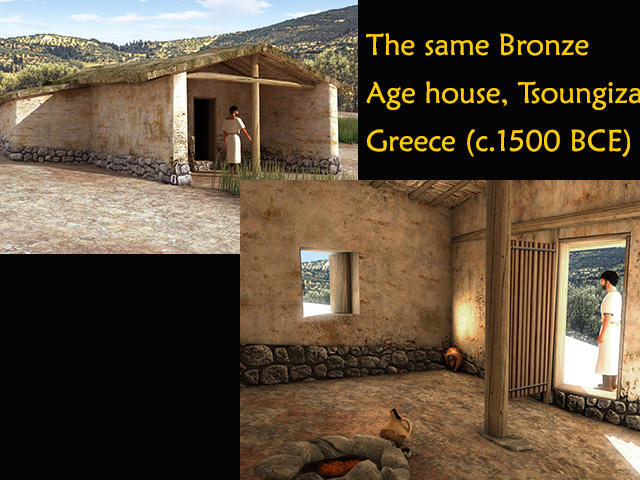 It took a while for computer software to catch up to my wishes, but things eventually came around, and now we can begin to appreciate ancient buildings and cities in ways that approximate the viewpoints of the original inhabitants (the house at the left is from our virtual reality model; hover over to enlarge).
It took a while for computer software to catch up to my wishes, but things eventually came around, and now we can begin to appreciate ancient buildings and cities in ways that approximate the viewpoints of the original inhabitants (the house at the left is from our virtual reality model; hover over to enlarge).
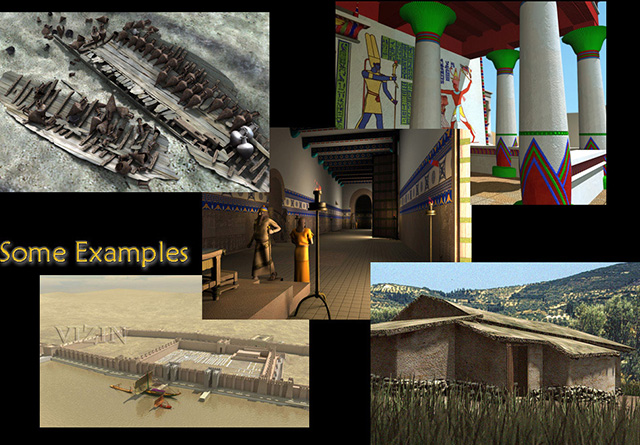 Our Institute for the Visualization of History is a unique 501(c)(3) nonprofit educational organization comprised of archaeologists, art and architecture historians, as well as programmers and computer graphic artists. We are an outgrowth of Learning Sites, a company I founded in 1996, the oldest company dedicated to virtual reality-based archaeological education and research. The Institute and Learning Sites are not graphics houses, but teams of professionals working to bring history to life again through vivid visualizations of the past re-created to the highest standards of scholarship (some examples of our projects at the left; hover over to enlarge). We digitally reconstruct historical locations, objects, events, and cultures for museum display, research, documentation, publication, teaching, broadcast, and tourism. We're based in Massachusetts, but work on projects all around the world, for museums, universities, publishing companies, antiquities services, and foreign governments.
Our Institute for the Visualization of History is a unique 501(c)(3) nonprofit educational organization comprised of archaeologists, art and architecture historians, as well as programmers and computer graphic artists. We are an outgrowth of Learning Sites, a company I founded in 1996, the oldest company dedicated to virtual reality-based archaeological education and research. The Institute and Learning Sites are not graphics houses, but teams of professionals working to bring history to life again through vivid visualizations of the past re-created to the highest standards of scholarship (some examples of our projects at the left; hover over to enlarge). We digitally reconstruct historical locations, objects, events, and cultures for museum display, research, documentation, publication, teaching, broadcast, and tourism. We're based in Massachusetts, but work on projects all around the world, for museums, universities, publishing companies, antiquities services, and foreign governments.
My colleague and predecessor on this podium, Prof. Jeffrey Clark, has already briefed you on the nature of virtual heritage (or at least those of you diligent enough to attend all the lectures here). So with his expert review in mind, my focus this evening will extend the discussion to just how the use of interactive 3D digital models, in some of the projects we have worked on, respond to the pressing problems plaguing the cultural heritage of the ancient Near East.
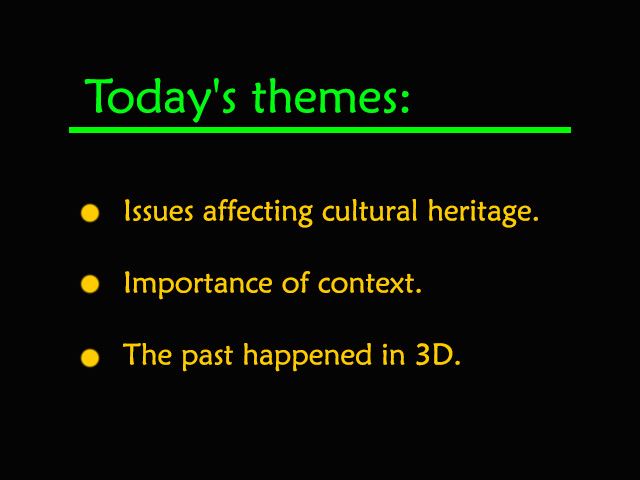 I'll touch on 3 major themes (hover the list at the left to enlarge):
I'll touch on 3 major themes (hover the list at the left to enlarge):
- the issues affecting our shared global cultural heritage--such as, long-term preservation, on-going looting, documentation, and the worldwide dispersal of objects from sites around the region;
- the importance of context in archaeology for interpreting object function and meaning; and
- the point that since the past happened in 3D, so 3D should be the means we use to study it; using static images on paper or film to try to grasp the dynamic, changing, and interactive threads of history just doesn't cut it anymore.
